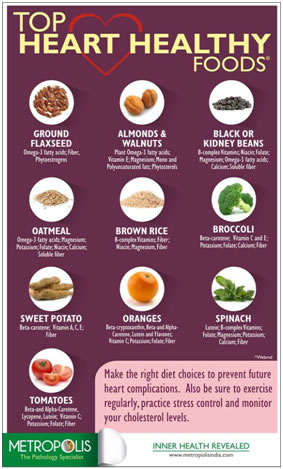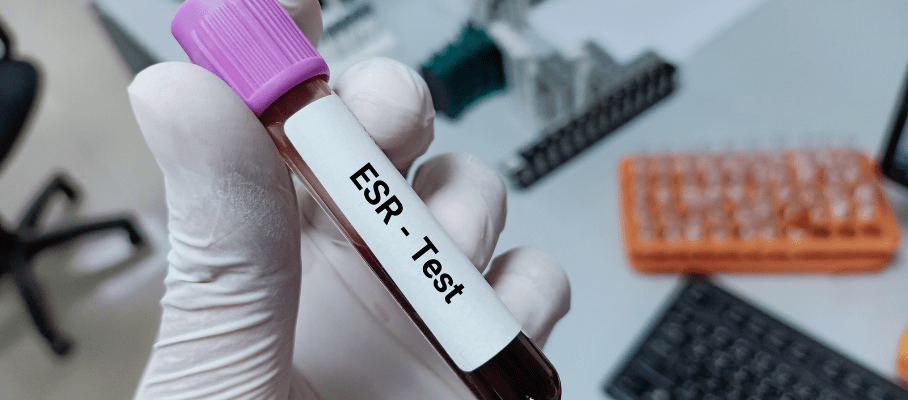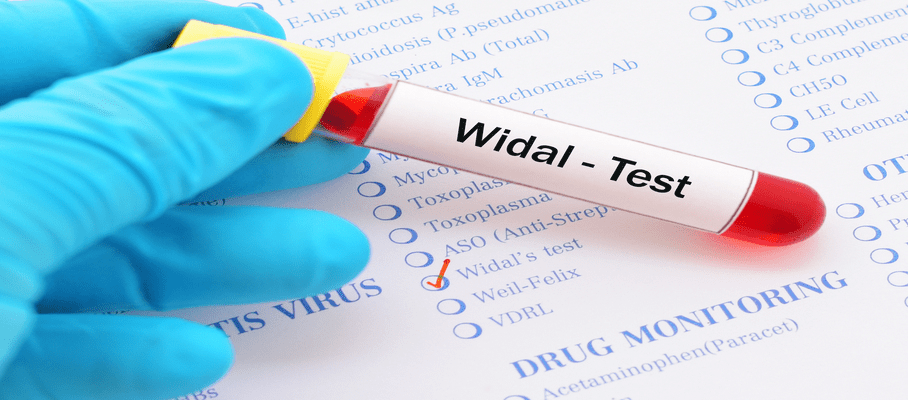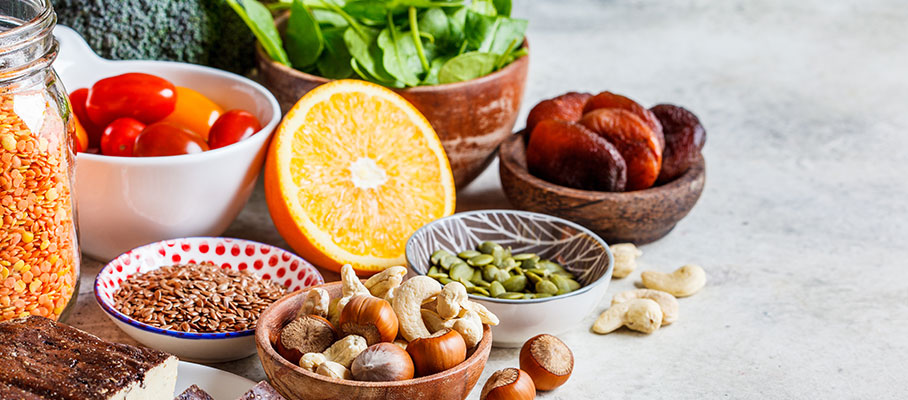Latest Blogs
Metropolis Healthcare launches ‘The Marathon’ Health Check – up Package
Mumbai December 2015:Metropolis Healthcare Ltd, The Pathology Specialist haslaunched ‘The Metropolis Marathon Package’ a comprehensive diagnostic package comprising 20 distinct tests to screen the complete health of a marathoner. The first of its kind diagnostic initiative will be available across Metropolis centers in Mumbai. The sheer number of Indian runners participating in marathons continues to grow and new half marathons and full marathons are being added every year. Marathon is considered as the ultimate running challenge and marathon enthusiasts train for over a year before the grand finale. Training for a marathon can be just as strenuous as running a marathon. It is important to understand that running for 42kms (full marathon) or 21kms (half-marathon) needs a different conditioning for the body and muscles. ‘The Metropolis Marathon Package’ is a comprehensive health package comprising a group of tests to screen the complete health of individuals taking part in the marathon which includes an in-depth cardiac risk analysis and an overall assessment of kidney and liver function. Whether you are a novice or a seasoned marathon runner, it is important to know your physical limits and capabilities. Prolong running may cause difficulties to heart in refilling chambers and abnormalities in pumping blood from the right side of the heart to the lungs. Health checks every runner must undergo Are you fit enough to run a Marathon? Do you have a family history of Diabetes/Blood pressure/Heart Attack? Need for medical clearance before a marathon? What are the risks associated with a Marathon? General Body Check– Test Name: CBC- To check anaemia, infection and measure cell count of various blood components. Result: Good haemoglobin levels are very important for marathon runners. Diabetes Check – Test Name: HBA1c, Glucose Fasting, D3 HydroxyButarate. Result: Endurance training lowers blood sugar. May lead to diabetic ketoacidosis which is life-threatening. The above tests will help diabetics plan their insulin doses and also screen general mass of diabetes. Cardiac Check – Test Name: Lipid Profile Mini, CPK-Total, Stress test, ECG, Blood Pressure. Result: High levels of HDL cholesterol are generally observed in endurance / marathon trainers. HDL facilitates fibrinolysis and prevents the occurrence of coronary heart disease. Abnormally high levels of LDL may require further testing before the run. Test Name: CPK Result:High CPK suggests muscle / heart / brain injury which may be aggravated because of endurance training. Hence it becomes important to monitor CPK. Test Name:ECG/Stress Test Result: Important test to monitor the functioning of heart in order to prevent sudden heart failure post marathon. Bone Health Check – Test Name: Calcium / Vit D Result: People with low calcium and Vit D are more prone to ligament / muscular/ bone injuries. Such deficiencies prolong the process of healing of injuries. Kidney Health Check – Test Name: Kidney Function Test Result: Kidneys help regulate blood pressure and plays a vital role in the production of RBCs. Normal kidneys is required for high level endurance training. Liver Health Check – Test Name: Liver function Test Result: Liver plays a vital role in digestion, metabolism and detoxification. Hence it is important to monitor this organ before a marathon as during the run large toxins are produced in the body. Speaking on the launch, Dr Nilesh Shah, Group President & SBU Head, West India, Metropolis Healthcare said, “We have seen and heard of instances where athletes collapse during marathon due to sudden cardiac arrest or shooting up of blood pressure etc. The body undergoes various changes with the age and one must not take it for granted; a thorough check-up should be carried out before undertaking any such activity under the supervision of a qualified physician and one should also understand one’s physical limitation. Nothing is more precious than life. Also patients suffering from asthma, lung or kidney issues, diabetes should be extremely cautious before undertaking the marathon.” With the huge growing popularity of marathon running, it’s important to make sure that the body is up for the challenge.Getting acquainted of personal health records, heart rate and blood sugar level, is the best way to safeguard long-term health issues by classifying troublesome concerns at the earliest.









